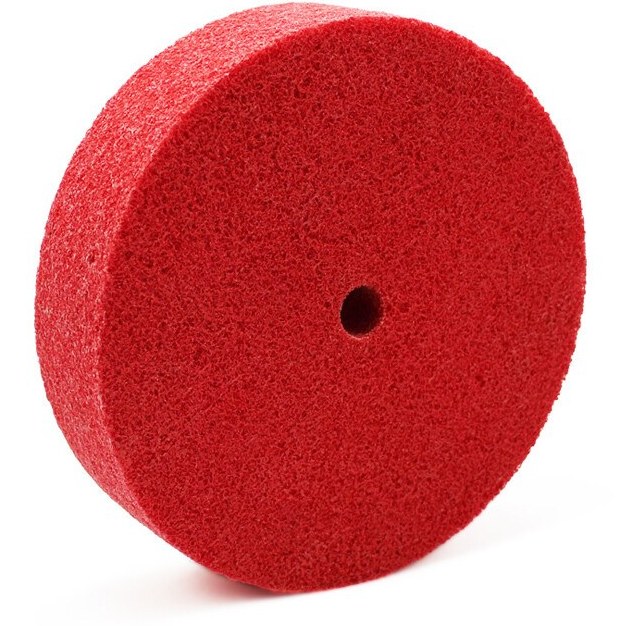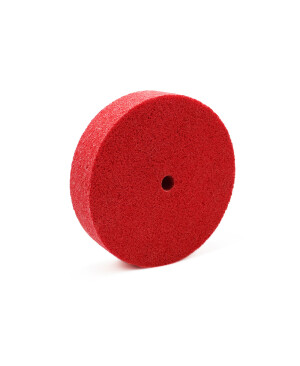12. Care and Maintenance
Proper care and maintenance can extend the life of fiber discs:
- Clean the Disc: Remove any debris or buildup from the disc surface using a brush or compressed air.
- Store Properly: Store the discs in a dry, cool place away from direct sunlight and extreme temperatures.
- Inspect Regularly: Check the discs for any signs of wear or damage before each use.
- Replace Worn Discs: Replace discs that are worn, damaged, or no longer performing efficiently.















